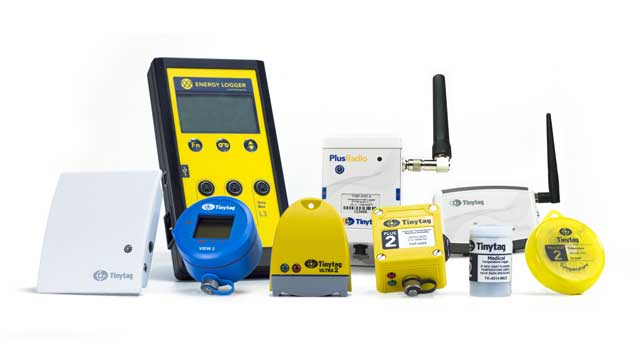 Dataloggers are ideally suited to indoor building monitoring, tracking parameters such as temperature, humidity and energy use says Cathy Clark of Gemini Data Logging.
Dataloggers are ideally suited to indoor building monitoring, tracking parameters such as temperature, humidity and energy use says Cathy Clark of Gemini Data Logging.
Dataloggers are small electronic devices which record environmental parameters over time, allowing conditions to be measured, documented, analysed and validated. They typically monitor temperature, relative humidity, energy use, carbon dioxide, voltage, current and count, and are ideally suited to indoor building monitoring where size, flexibility and portability may be important. They may be used for short periods to troubleshoot conditions in a particular location, or can remain in place for longer periods to build up profiles.
Using dataloggers is more effective, accurate and reliable than taking periodic manual readings, and quantifiable benefits from using them may often be seen within a very short time. Typically, only one or two logging runs are required to pinpoint areas that would benefit from extra attention.
A range of units is available to suit specific applications:
- Stand-alone, network enabled or wireless devices
- Multi-channel loggers to simultaneously monitor two parameters (eg temperature and RH) or multiple monitoring points using temp/RH probes or input leads
- Rugged, waterproof and dustproof units
- Units with displays showing current readings as well as recording data
- Fully submersible, high temperature loggers
- Voltage, current and count input loggers for connection to third party sensors for specialist applications.
A range of accompanying probes is available for measuring extremes of temperature or hard to reach areas.
Monitoring the performance of HVAC/building control systems
Temperature and relative humidity dataloggers are frequently used to validate whether heating, air-conditioning or building control systems are working correctly and to help identify and evaluate energy-saving opportunities. In turn, this can help with an assessment of occupants’ comfort levels. Energy consumption loggers can be used to help check motor efficiency and record power use in heating, ventilation and air-conditioning units.
Dataloggers are also used to monitor conditions in critical temperature and humidity-controlled zones such as storage areas, manufacturing facilities, laboratories and fridges.
Air quality monitoring
Monitoring indoor air quality in order to prevent CO2 levels exceeding recommended limits is desirable, or even mandatory, in many types of building. Carbon dioxide dataloggers are a useful tool in helping to regulate air quality and in turn assessing the effectiveness of HVAC control measures.
Monitoring the efficiency of energy saving measures
Energy consumption and temperature dataloggers can be used to assess efficiency savings when roof, wall and window insulation is improved or replaced. Before and after monitoring can help quantify savings and identify specific areas of improvement. An energy logger can be used for ‘before and after’ monitoring to assess the performance of low power lighting installations.
Monitoring the efficiency of equipment
‘Count’ dataloggers can help assess boiler efficiency, monitoring consumption and recording profiles over time. Voltage loggers can record when a boiler is firing to help evaluate optimum performance.
Monitoring equipment in industrial processes
Energy and temperature loggers can be used to assess the efficiency of equipment such as refrigerators, motors and drives, recording power use against temperature. An energy logger will record single and three-phase power use, typically in premises with high consumption equipment. Recorded data can then be analysed to help discover how and where energy is used and to identify opportunities for reduction.
Count loggers record how many times doors are opened, which will affect the energy performance of a particular area.
It’s all about the data
The main purpose of building monitoring is to gain clear, concise and accurate data in order to make informed decisions about actions that need to be taken. It is important that the recorded data is in a flexible and easy to understand format, and capable of being exported for reporting purposes to other popular packages if required.
Tinytag dataloggers have provided accurate monitoring for applications such as these for many years. There is a wide choice of units available to suit specific applications and requirements.
Standalone Tinytags record data which is downloaded via a USB cable to a PC for analysis. For sites requiring remote data access or with multiple monitoring points, Tinytag Radio and LAN loggers are ideal: data is collected automatically and accessed by any permitted user in a LAN, or remotely over the internet.
Gemini Data Loggers
01243 813000
info@tinytag.info
www.tinytag.info

